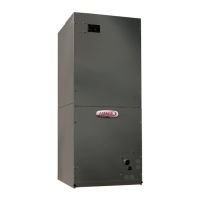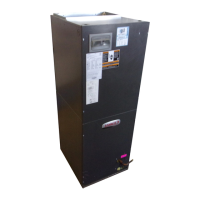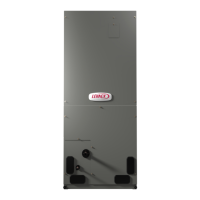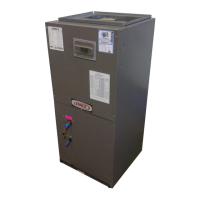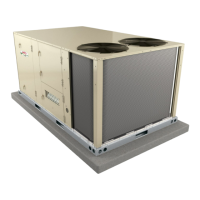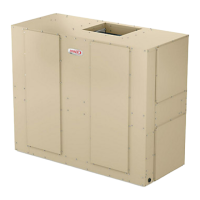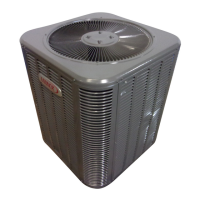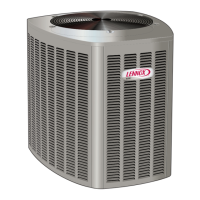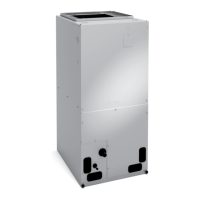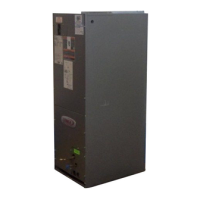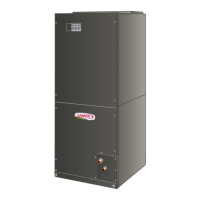13
Wiring Connections
In the U.S.A., wiring must conform with current local codes
and the current National Electric Code (NEC). In Canada,
wiring must conform with current local codes and the
current Canadian Electrical Code (CEC).
Refer to unit nameplate for minimum circuit ampacity and
maximum overcurrent protection size.
NOTE - 18 GA., 3-conductor, shielded control wire
(polarity sensitive). All shields of shielded cable connect
to GROUND terminal. This is necessary to ensure proper
system communication and operation.
1. Remove the screws that secure the control box cover.
Remove the cover and place it to the side where it will
not be damaged.
2. Locate the terminal strip in the control box. Connect
the power wiring (sized per NEC/CEC and local
codes) and communications cable (three-core,
shielded cable). Refer to unit nameplate for rated
voltage.
3. If the indoor unit is the nal unit in a group that is
wired in series, install the provided resistor across
terminals P and Q.
4. The infra-red receiver / display panel is factory
installed and can be repositioned, if necessary. Use
optional extension cable kit.
IMPORTANT
DO NOT adjust DIP switch settings. Settings may only
be adjusted by a trained technician as part of the com-
missioning procedures.
CAUTION
This unit must be properly grounded and protected by a
circuit breaker. The ground wire for the unit must not be
connected to a gas or water pipe, a lightning conductor
or a telephone ground wire.
Do not connect power wires to the outdoor unit until
all other wiring and piping connections have been
completed.
Install all wiring at least 3 feet away from televisions,
radios or other electronic devices in order to avoid the
possibility of interference with the unit operation.
Do not install the unit near a lighting appliance that
includes a ballast. The ballast may aect remote control
operation.
WARNING
Isolate the power supply before accessing unit electrical
terminals.
Install unit so that unit disconnect is accessible.
Follow all local and national codes, as well as this
installation instruction, during installation. Do NOT
overload electrical circuit, as this may lead to failure and
possible re.
Use specied wiring and cable to make electrical
connections. Clamp cables securely and make sure that
connections are tight to avoid strain on wiring. Insecure
wiring connections may result in equipment failure and
risk of re.
Wiring must be installed so that all cover plates can be
securely closed.

